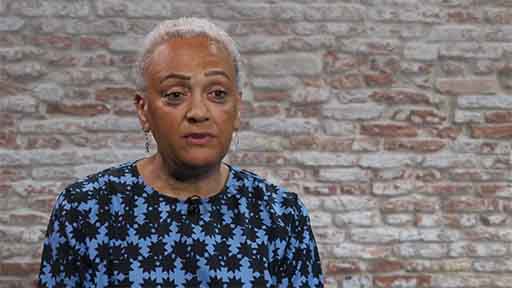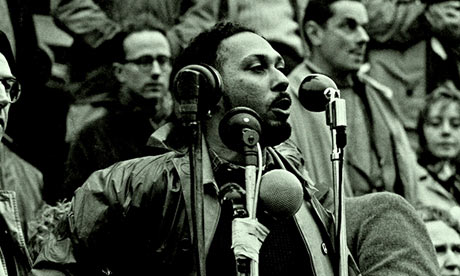3 Defining race
Like leadership, race is a word that most people take for granted but that is little understood. Race is sometimes thought of as something that has inherent biological properties at the level of genes. However, people of different skin colour are not different at the level of genes. Yet genetic difference is how racist groups and individuals often talk about race for their own hateful political ends.
In the place of this view, we can think of race in the following way:
Race is a category that is constructed, i.e. created by people to achieve certain goals.
What is meant by this will be elaborated upon in the following activity.
Activity 3 How is race constructed?
Watch the following video with Lurraine Jones, the OU’s Director of Equality, Diversity and Inclusion (formerly Deputy Dean). In the video, Lurraine explains how race is constructed and provides some reasons for why people construct racial difference. As you watch, try to reflect on the construction of race and contemporary manifestations of race, and make some notes.

Transcript: Video 3 Lurraine Jones – construction of race
Discussion
Lurraine Jones explained that race is constructed and used to justify how some members of the society are treated. Race features in three realms:
- Social, which is the realm of everyday interaction – in the workplace, but also within families and neighbourhoods.
- Culture, which can mean through the arts, but also through traditions.
- Political, which can mean through the activity of political parties and activist groups, but also informally and more routinely, as people persuade one another of a certain view of the world.
Of course, these three realms do influence one another, and in many cases overlap.
Cultural studies academic and OU professor Stuart Hall provided a useful way of thinking about race as a construct. Hall (2021) stated that race was a ‘floating signifier’. Signifier is a technical term for ‘word’. A floating signifier, then, is a word whose meaning varies depending on when and where it’s used – i.e., where it floats. Signifiers like race can ‘float’ around groups of people and times, meaning quite different things in each. Viewing race as a floating signifier is a political way of thinking because it necessarily means that, as there is no settled view of what race means, its meaning will be contested between groups of people in different times.
Constructions of race can be positive or negative. In positive terms, people can self-categorise themselves to offer solidarity and celebrate shared experience. For example, Afro-Caribbean book clubs are extremely popular and can be conducted online or in-person. The books read might explore the historic and current situations of Black people, or may simply be books authored by Black people. These book clubs support Black writers, but also help readers learn about Black cultures. They are an opportunity to make friends, socialise, and share lived experiences. Perhaps after reading this, you will be inspired to organise or attend your own Afro-Caribbean book club.
In negative terms, viewing race as constructed means acknowledging that certain people will use it as a way of trying to stir up racism. Additionally, there is often an economic motive lurking behind racist constructions. It is important to be aware that people do divide human beings according to race in order to further their own political and economic goals – this is racism in action.
Finally, it is important to acknowledge that saying race is constructed – and that its meaning floats – does not mean that it is not real. It exists at the level of an idea that has real material consequences for real people, who can suffer greatly or gain great feelings of belonging, depending on how race is put to work in practice. This course is interested in leadership that disrupts and challenges negative constructions of race, but also in how race can be used in a positive way, to enhance solidarity and change through leadership.
Now that you have learned about how this course understands the basic parameters of leadership and race, you will move on to consider leadership in more depth.

